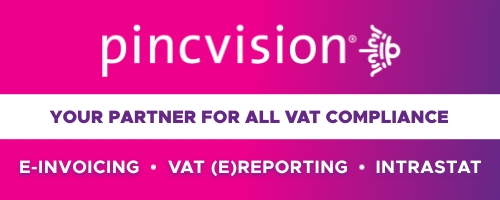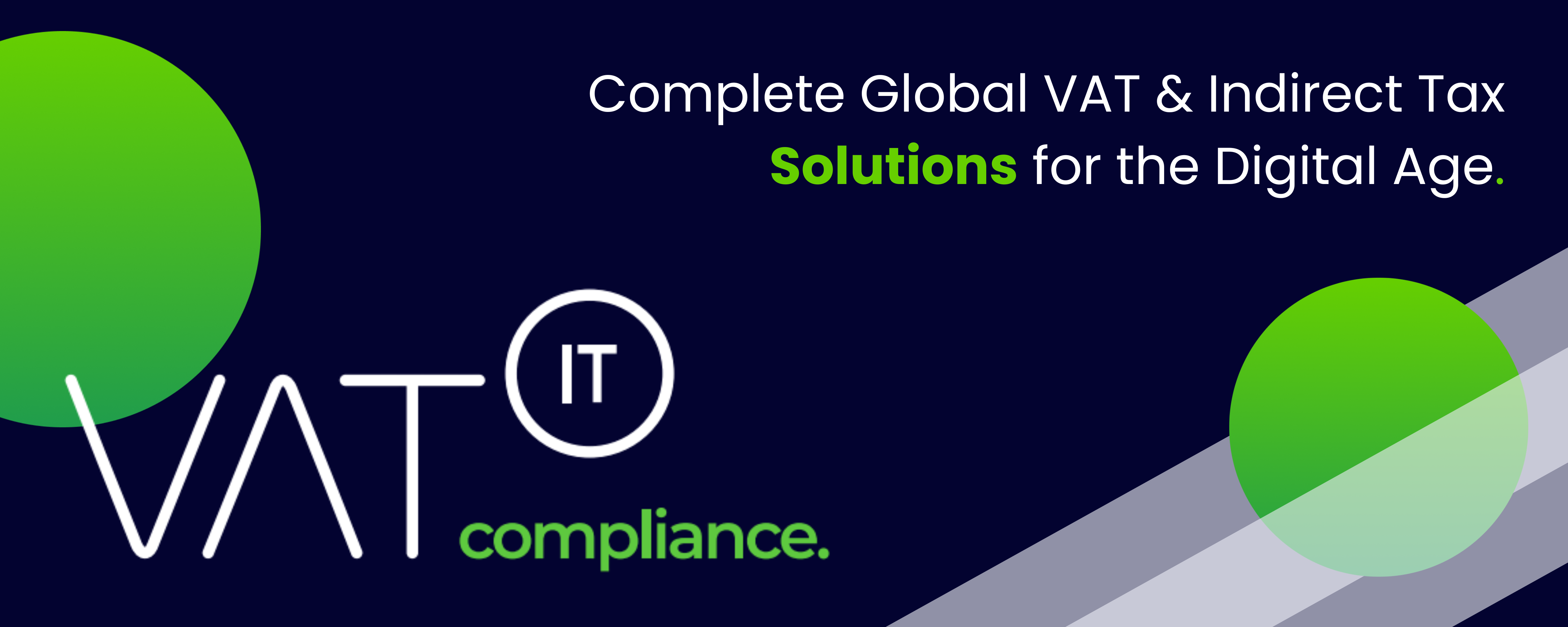E-Invoicing in Italy is a system that allows businesses to electronically transmit invoices to their customers and to the Italian tax authority, Agenzia delle Entrate (ADE). E-Invoicing in Italy is mandatory for certain types of businesses, such as those involved in business-to-business (B2B) transactions or those that provide services to the public sector.
Here are the steps involved in the E-Invoicing process in Italy:
- Create an electronic invoice: Businesses must create an electronic invoice in the XML format, using a software that is compatible with the ADE’s system.
- Transmit the invoice to the Interchange System (SDI): The electronic invoice must be transmitted to the SDI, which is a platform managed by the ADE. This can be done using a software, a web portal or a service provider.
- Check the invoice: The SDI performs a series of checks on the invoice to ensure its validity and correctness. If there are errors, the invoice is rejected, and the sender must correct and resend it.
- Transmit the invoice to the recipient: If the invoice is valid, it is transmitted to the recipient via the SDI.
- Register the invoice: The recipient must register the invoice in their accounting system and verify its content.
- Confirm the invoice: Once the recipient has verified the invoice, they must confirm its receipt to the SDI within 10 days of receipt.
- Payment: The payment process follows the regular procedures for each company.
It is important to note that E-Invoicing in Italy is part of a wider initiative aimed at fighting tax evasion and simplifying administrative processes. Therefore, businesses must comply with specific regulations regarding the format and content of the electronic invoice. Additionally, the Italian government provides incentives to encourage businesses to adopt E-Invoicing, such as reduced tax rates or faster VAT refunds.















